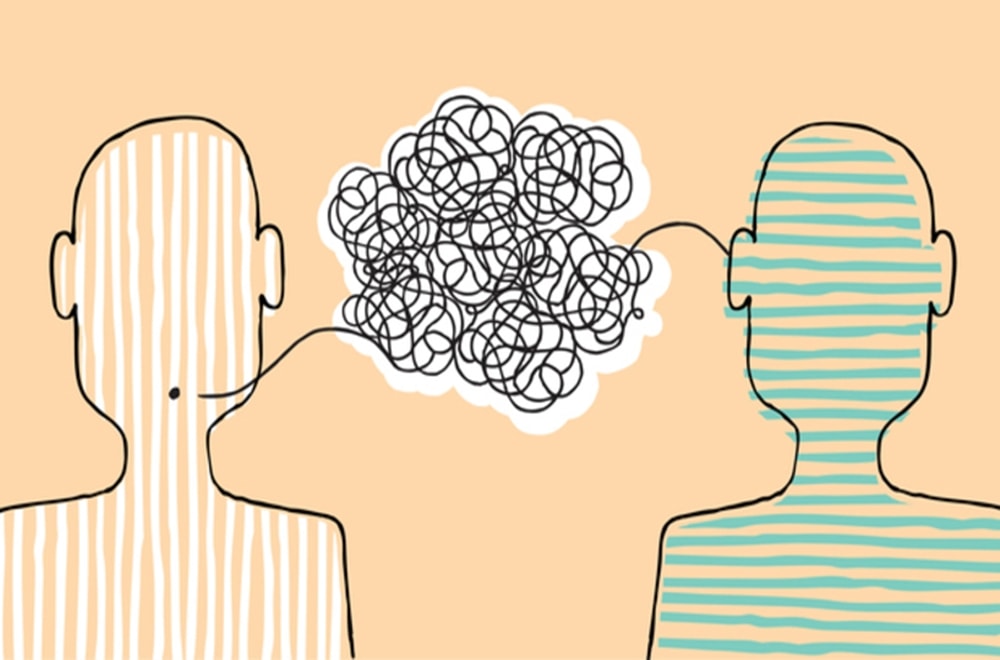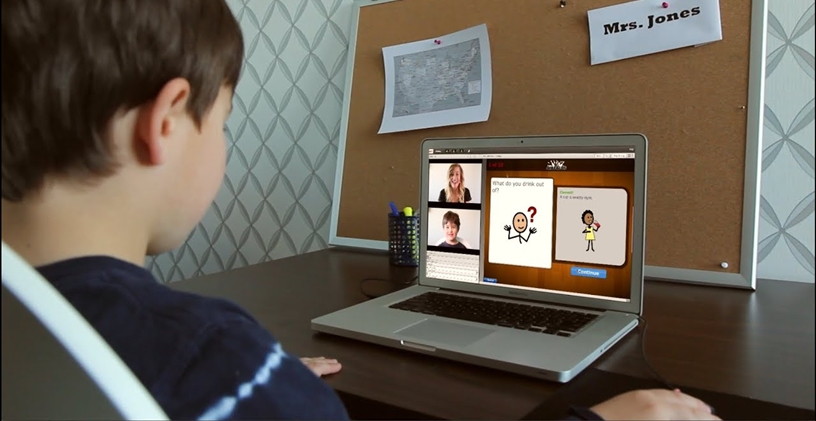Articulation And Phonological Disorders

Articulation is the process by which sounds, syllables, and words are formed when your tongue, jaw, teeth, lips, and palate alter the air stream coming from the vocal folds. When an individual cannot produce or distort an age-expected sound/s, it draws attention away from the speaker’s message. Articulation disorders are motoric errors that can occur among people of any age; however, they are most common in children whose articulators have not developed properly.
The phonetic level is the motor act of producing the vowels and consonants (the sounds), so that we have an inventory all the sounds we need in order to speak our language(s).
Articulation Vs. Phonological
The difficulty in distinguishing the difference between an articulation disorder and a phonological disorder is that they are both sound disorders so they often get tossed together and not separated the way they should be. Understanding each disorder individually and its derivation is essential. An articulation impairment is a deficiency in the ability to produce sounds motorically or difficulty in having two articulators meet to produce the sound in isolation, syllable, sentence, paragraph or in conversational speech which is not consistent with chronological age. Articulation errors are considered motor-based errors. An articulation difficulty may be defined as difficulty in producing a single or a few sounds with no pattern or derivable rule. Articulation errors are described as substitution, omission, addition, and distortion. Not all sound substitutions and omissions are speech errors. It’s vital to take dialect and accent into consideration. Substitution is when a child replaces a sound with another sound (wamp/lamp). A distortion error is one that a child makes when he doesn’t correctly produce a sound (frontal lisp/s).
Phonological Processes
Please remember acquisition of sounds is variable from child to child, which is why there is a large range for some sounds. If a child does not have /k/ or /g/ at the beginning of Kindergarten, it will most likely develop naturally IF there are no other sounds errors. Please be aware of some of the following red flags for articulation that require immediate referral:
The phonological or phonemic level is the brainwork that organizes the speech sounds into the sound patterns to be produced. The sounds need to contrast with each other, or be distinct from one another, so that we can make sense when we talk.
Articulation (phonetic) disorder is a speech sound disorder that affects the PHONETIC level. The child has difficulty saying particular consonants and vowels. The reason for this may be unknown (e.g., children with functional speech disorders who do NOT have serious problems with muscle function); or the reason may be known (e.g., children with dysarthria who DO have serious problems with muscle function).
A phonological disorder is a speech sound disorder that affects the PHONOLOGICAL (phonemic) level. The child has difficulty organizing their speech sounds into a system of sound patterns (phonemic patterns).
The difference between an Articulation and a Phonological disorder; An articulation disorder is the child’s difficulty at a phonetic/motoric level. They have trouble making the individual speech sounds. A phonological disorder is a child’s difficulty at their phonemic level (in their brain). This "phonemic level" is sometimes referred to as "the linguistic level" or "a cognitive level".
References
This article written by Amy Speech and Language Therapy. You can find the original version here.







